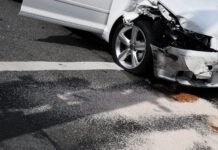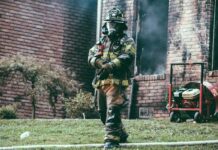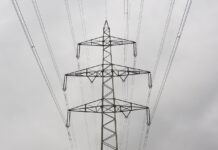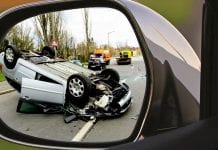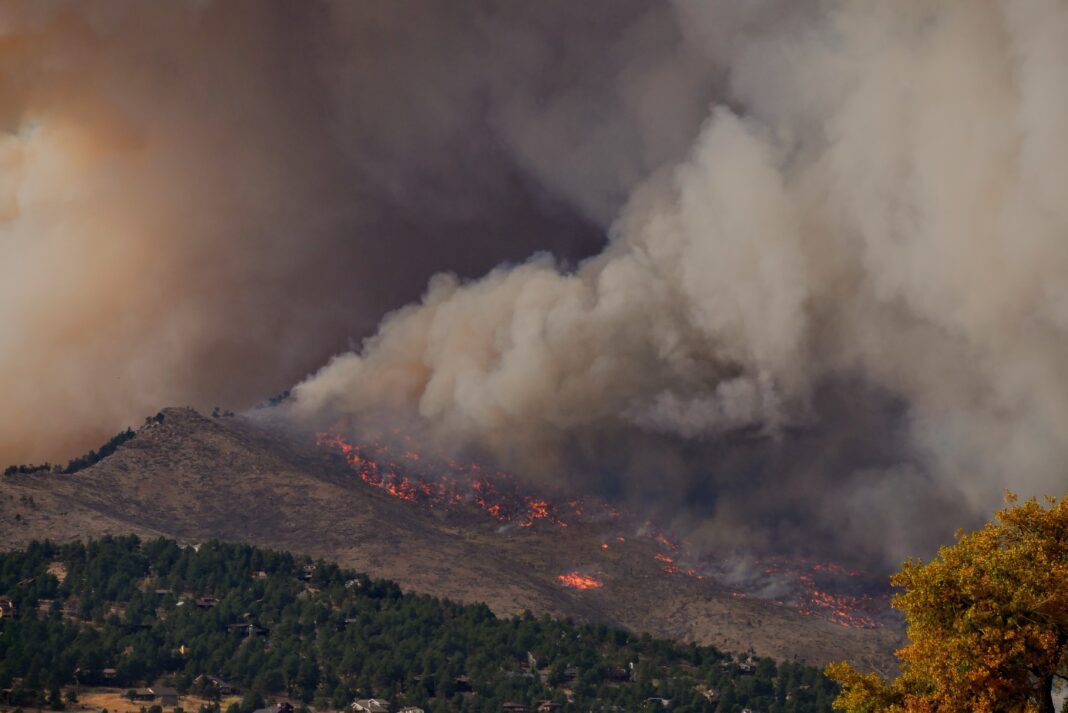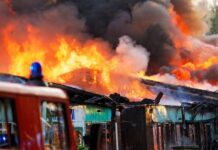An area of San Diego County 400 acres wide was evacuated as the Coyote Fire burned throughout the day.
The fire, located at Coyote Holler Road in Potrero has led to evacuation orders on Horizon View Drive, Ranch Road, Coyote Holler Road, Round Potrero Road, Yerba Santa Road and Hartley Hill Road. It also led to road closures at Round Potrero Road between Yerba Santa Road and Potrero Valley Road.
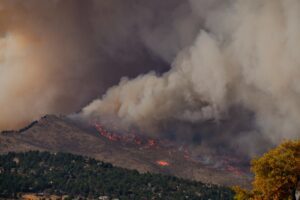
For those evacuating, the evacuation point is Mountain Empire High School at 3305 Buckman Springs Rd., Pine Valley, CA 91962. The Coyote Fire burned at a dangerous rate and spread quite far before being downgraded to moving at a “moderate rate of speed” according to Cal Fire San Diego.
According to NBC San Diego, the blaze was initially reported at 12:11 pm on Coyote Holler Road on August 17, and as of 5:15 PM Cal Fire reported the fire was 0% contained. The 400 acres was up from 200 acres just two hours before, leading to the evacuation orders.
Various firefighting tactics were employed, including two air tankers which were en route from San Bernardino to help with the effort. On the evacuation map, there were several homes in the warning area.
Animal and livestock owners were also evacuated, and their livestock placed in a temporary shelter.
“With fire news in Maui rocking the nation, seeing this happen in our own backyard is shocking and saddening,” said fire litigation attorney Gerald Singleton. “Our hearts and thoughts go out to everyone who has had to run for their lives.”
If you or someone you know has been impacted by the Coyote Fire, contact the San Diego fire attorneys at Singleton Schreiber by calling (619) 771-3473 or by emailing info@singletonschreiber.com.
San Diego Wildfires and the Role of Utility Power Lines
The pristine beaches, idyllic weather, and diverse landscapes make San Diego a paradise for its residents and visitors alike. However, San Diego, like much of California, is also prone to one of nature’s most destructive forces: wildfires. Over the past decades, San Diego County has faced multiple catastrophic wildfires that have led to loss of life, destruction of homes, and extensive damage to natural habitats. While many factors contribute to these fires, one particularly controversial cause is utility power lines.
Wildfires are fueled by a combination of hot, dry weather; an abundance of dry vegetation; and an ignition source. While lightning or human actions can often be the spark, utility power lines have been implicated in several significant fires in and around the San Diego area. These lines, when in contact with dry vegetation, or when they malfunction, can spark a fire that rapidly spreads due to the favorable fire conditions.
The role of utility power lines in causing wildfires is not just a hypothesis; it’s supported by substantial evidence. A prominent example is the 2007 Witch Creek Fire. Originating in the Witch Creek area in eastern San Diego County, this wildfire scorched over 197,000 acres, destroyed over 1,000 homes, and caused two fatalities. Investigations concluded that the fire was ignited by power lines coming into contact with one another due to high winds, leading to sparks which set nearby brush on fire. This tragic event intensified the scrutiny on utility companies and their role in wildfire prevention.
As a result of these incidents, utility companies, especially those operating in high-risk fire zones, are now under immense pressure to ensure that their infrastructure does not become a catalyst for the next big fire. This includes tasks such as maintaining vegetation clearance around power lines, upgrading equipment, installing weather monitoring stations, and in some cases, implementing public safety power shutoffs during extreme weather events to prevent potential fire ignitions.
However, the challenge does not end with preventive measures. Utility companies, regulators, and stakeholders are constantly balancing the need for wildfire prevention with the essential nature of electric service to communities. Shutting off power to reduce fire risk can have significant consequences, especially for vulnerable populations and critical services, and hence decisions need to be made with utmost care and diligence.
The situation also brings forth a broader question about the future of energy infrastructure in regions prone to wildfires. With climate change predicted to intensify the frequency and severity of such events, there’s an urgent need to rethink how energy is transmitted in high-risk areas. Undergrounding power lines or investing in decentralized energy solutions like microgrids may be potential strategies to address this.
San Diego’s natural beauty is undeniable, it’s also a region that encapsulates the challenges of living in harmony with nature. The recurring wildfires, exacerbated by utility power lines, serve as a stark reminder of the intertwined fate of human-made infrastructure and the environment. As we move forward, proactive measures, innovative solutions, and collective responsibility are crucial to ensuring that the beauty and vibrancy of regions like San Diego are preserved for future generations.
“Every homeowner, business owner, property owner, resident or worker impacted by this fire needs to contact a fire lawyer as soon as possible,” Mr. Singleton added. “With the likelihood that power lines played a part in this fire, the quicker they secure an attorney, the quicker they can begin their pursuit of justice.”
If you or someone you know has been impacted by the Coyote Fire, contact the San Diego fire attorneys at Singleton Schreiber by calling (619) 771-3473 or by emailing info@singletonschreiber.com.
